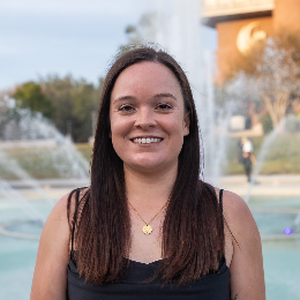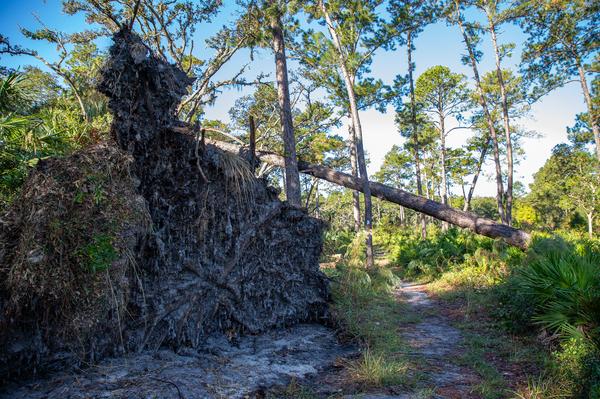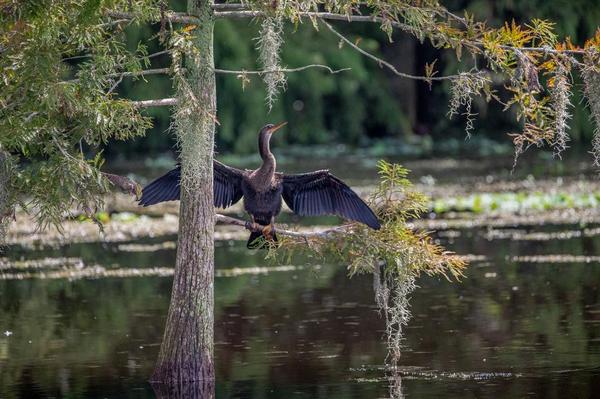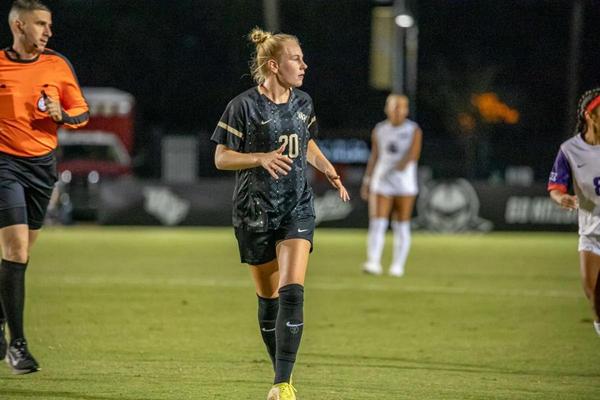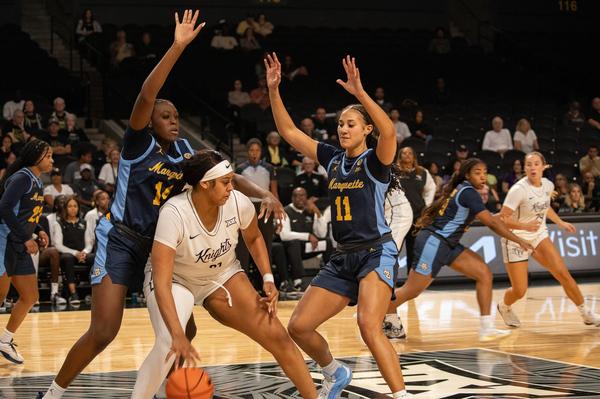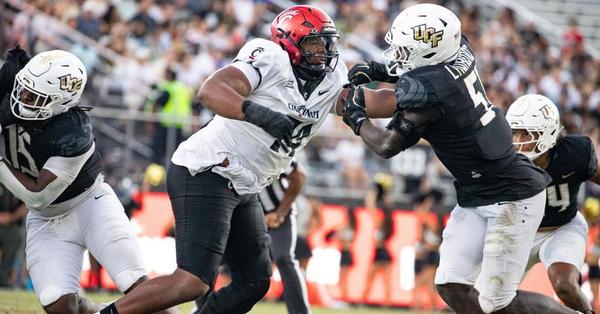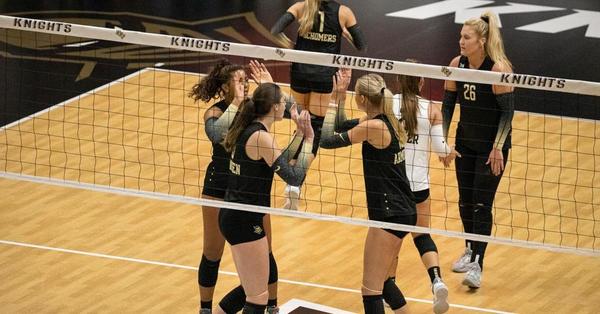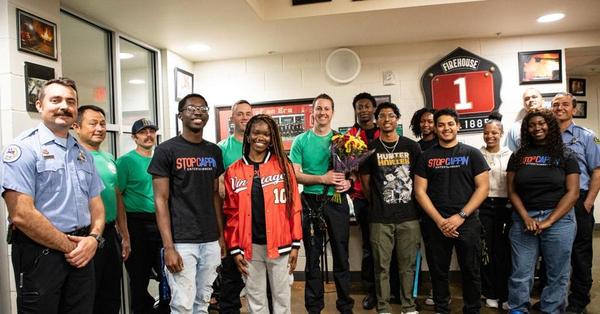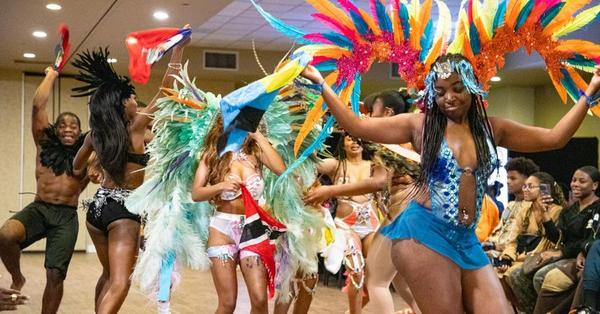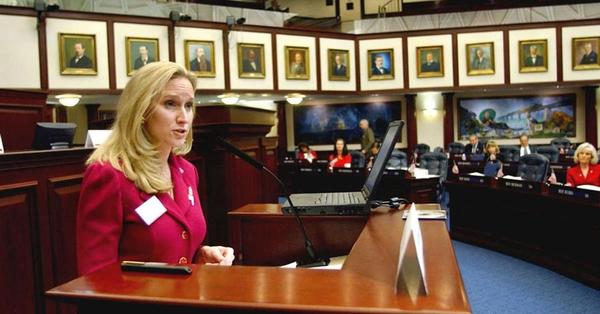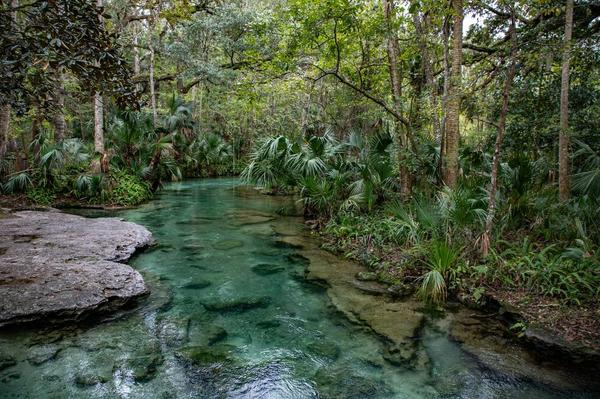
Experiencing Floridas Wild Springs
Florida, known as the Sunshine State, is home to a unique network of natural springs that showcases its diverse ecological beauty. Scattered throughout the state, these springs are among the largest and clearest in the world, offering a constant flow of cool, crystal-clear water year-round. But Florida’s springs are more than just natural wonders; they are lifelines for wildlife and a source of inspiration for those who visit. The crystal-clear waters, teeming with biodiversity, help provide crucial habitats for species like the manatee, while also offering opportunities for recreation and relaxation.
